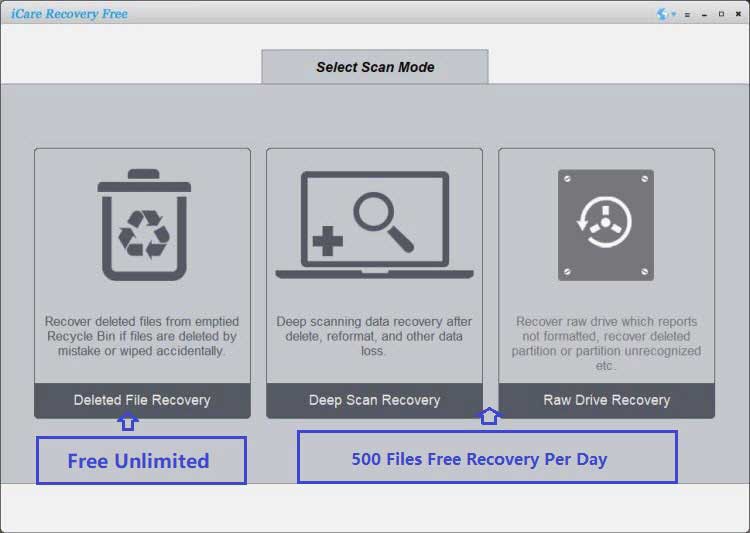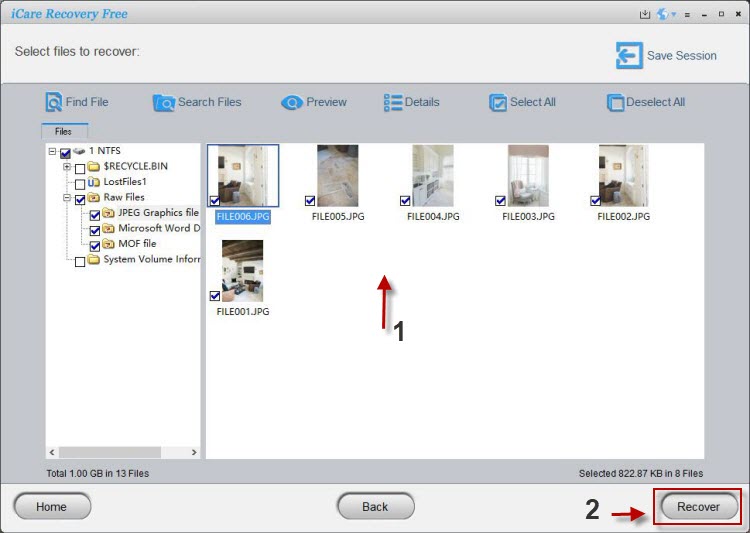How to Fix Transcend SD Card RAW Error
A Transcend SD card showing up as "RAW" in Windows indicates a corrupted or unrecognized file system. This prevents the card from being read or accessed by the computer. Common related issues include transcend microSD card raw, transcend sd card raw format, and transcend sd card raw not working. To fix this, you'll need to recover data if necessary and then format the card to a usable file system like NTFS or FAT32.
Important Note: Any SD card repair operation, including formatting, can potentially overwrite existing data. This makes later recovery much more difficult or even impossible. Always attempt data recovery first before performing any formatting or partition changes.
1. Check for Physical Damage and Connections
- Inspect the card: Look for visible damage to the surface or contacts. Clean gently with isopropyl alcohol if needed.
- Try a different card reader: Swap card readers or connect directly to the computer.
- Test in another device: Use a different device that accepts SD cards to rule out device-specific issues.
2. Data Recovery (Optional, but Recommended)
- Use recovery software: You can use free tool iCare Recovery Free.
- Scan the card: Run the recovery tool and search for recoverable files.
- Save recovered files: Always save files to a different storage device before formatting.
Recover RAW Transcend SD Card with iCare Recovery Free
iCare Recovery Free is a completely free tool that allows you to recover lost data from RAW Transcend SD cards before formatting. It supports recovery for transcend microSD card raw, transcend sd card raw format, and transcend sd card raw not working issues.
Here’s how to use iCare Recovery Free:
 Download and install iCare Recovery Free from its official website.
Download and install iCare Recovery Free from its official website.- Launch the program and select the RAW Transcend SD card from the device list.

- Click Scan and wait for the tool to list recoverable files.
- Preview and select the files you want to restore.

- Save the recovered files to a safe location on another drive.
3. Formatting the SD Card
Formatting your SD card will erase all data, so make sure you’ve backed up any important files. Follow these steps carefully:
- Open Disk Management: Right-click the Start button (or press Windows + X) and select “Disk Management” from the menu. This tool shows all storage devices connected to your computer.
- Locate the SD card: Look for your SD card in the list. It might appear as a RAW or unallocated partition if it’s corrupted or not formatted.
- Format the card: Right-click on the SD card’s partition and select “Format…”. Choose a file system:
- FAT32: Compatible with most devices, ideal for cards 32GB or smaller.
- NTFS: Better for larger cards or Windows-only use.
4. Using Command Prompt (Diskpart)
If Disk Management doesn’t work, you can use the Command Prompt for a more thorough fix. Be very careful—choosing the wrong disk can erase other drives.
- Open Command Prompt as administrator: Search for “cmd” in the Start menu, right-click it, and select “Run as administrator”.
- Type the following commands, pressing Enter after each line:
diskpart list disk select disk X <-- Replace X with the number of your SD card clean <-- This erases all data on the selected disk create partition primary format fs=ntfs quick assign letter=Y <-- Choose a free drive letter - Once done, your SD card should appear in File Explorer with the new letter and be ready to use.
5. Check Disk Utility (CHKDSK)
CHKDSK scans your SD card for errors and can repair corrupted file structures:
- Open Command Prompt as administrator.
- Type
chkdsk /f X:and press Enter (replaceXwith your SD card’s drive letter). - Let the utility scan and fix errors. You may need to safely eject and re-insert the SD card, or restart your computer to complete the repairs.
By following these steps, you can diagnose the issue, recover data if necessary using tools like iCare Recovery Free, and restore your Transcend SD card to a usable state.
FAQ
- What does it mean when my Transcend SD card shows up as RAW?
"RAW" means the file system is missing or unreadable, so the card can’t be accessed normally.
- Can I fix a RAW Transcend SD card without losing data?
Yes—recover files first using a tool like iCare Recovery Free, then format the card.
- How do I recover files from a RAW SD card for free?
Install iCare Recovery Free, connect the card via a card reader, scan, preview, and save files to another drive.
- Windows asks to format before use—should I?
No, not before recovery. Formatting first can overwrite your files.
- What causes an SD card to become RAW?
Unsafe removal, power loss, file system corruption, bad sectors, or hardware faults.
- Will formatting fix the RAW problem?
Usually yes, but only after recovering your files.
- How do I avoid RAW issues in the future?
Eject cards safely, use quality cards/readers, and format in the device before use.
Related Articles